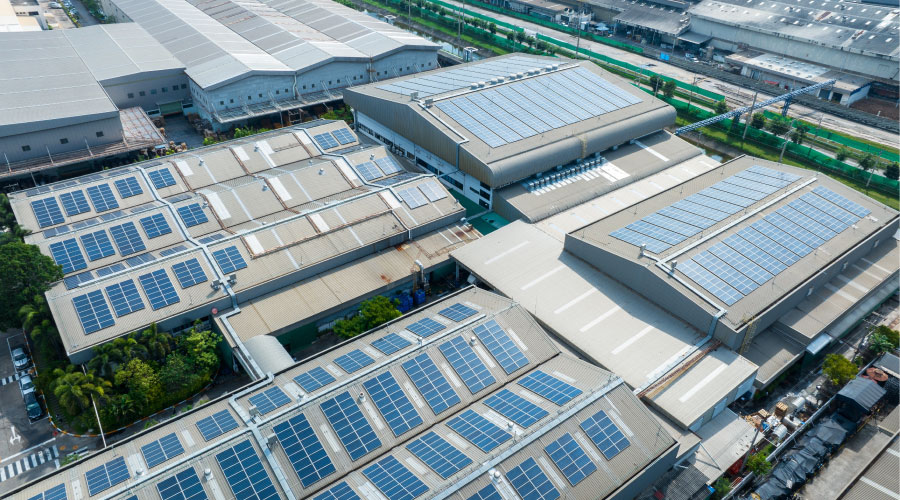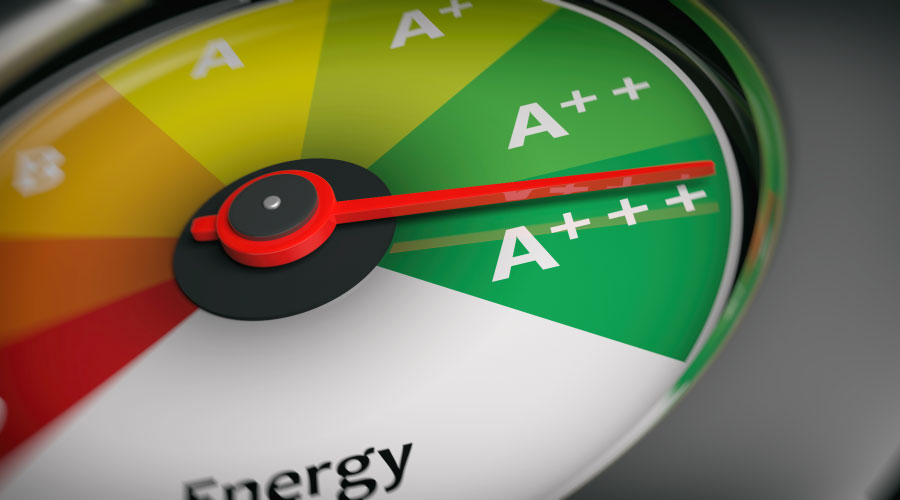General Services Administration's Goal of Carbon Neutral by 2030 Requires Improved Energy Efficiency in Existing Buildings
The country's largest landlord has the ambitious goal of becoming carbon neutral by 2030. To reach that goal across a portfolio of nearly 10,000 buildings, the U.S. General Services Administration (GSA) has faced up to a fact of life for any organization that wants to improve the energy performance of its portfolio: Improving energy efficiency means tackling existing buildings.
GSA is the largest real estate owner/facilities manager in the United States. Of its nearly 10,000 buildings (spanning 11 regions), about 1,500 are owned and about 8,000 more are leased, according to 2010 GSA data.
Thanks to funding from the 2009 American Recovery and Reinvestment Act, GSA is investing $4.5 billion in existing buildings, with additional investments in new construction. Those projects have adopted a wide range of energy strategies, from familiar tactics to innovative approaches.
It's an immense effort, one that promises to pay dividends for decades, not only for GSA, but also for other organizations, both public and private sector. What's more, those benefits aren't limited to energy. The agency is paying attention to occupant satisfaction, productivity and even curb appeal — to say nothing of other aspects of high-performance green buildings. And of course, for stimulus-funded projects, one driver has been getting local people back to work.
GSA has focused its stimulus funds and other work on high-performance green building projects. A look at eight areas paints a picture of the scope of GSA's efforts.
1. High-Performance Exteriors
One of the most visible of GSA projects involves the Edith Green-Wendell Wyatt Federal Building in Portland, Ore. The 35-year-old building has never been modernized. The goal now is to achieve LEED Platinum certification from the U.S. Green Building Council when the project is completed in 2013. At the same time, the renovation will dramatically improve the appearance of the building.
Indeed, one of the major energy-efficiency strategies is eye-catching, to say the least. Among its many energy conservation measures, the building is using a new shading system that consists of a series of aluminum fins and reeds. The fins will help minimize solar heat gain during summer months. Seven fins, each of which has 30 panels of extruded aluminum reeds, shade the west façade. The south and east façades have smaller reeds mounted vertically that also provide shading. No shading is needed on the north façade.
The new façade is designed to provide daylighting to the building. While glazing is being held to 40 percent of overall wall area to maximize thermal efficiency, higher ceilings will increase daylight and improve distribution of electric lighting. Light reflectors on the south, east and north façades will bring additional daylight into the building. Advanced, optically enhanced light systems will adjust to available daylight. Thermal efficiency is being optimized with triple-glazed windows.
That project is one of many GSA buildings that will benefit from energy-efficient exteriors. The new six-story courthouse in Rockford, Ill., for example, is using automatic window shading and cool roof technology to minimize energy use. And the St. Elizabeth campus, which is being modernized as a consolidation site for the Department of Homeland Security, plans to use vegetative roofing on 80 percent of its roof area as part of a strategy to achieve LEED Gold certification.
Building envelope upgrades are targeting both thermal and moisture problems. Where possible, R50 insulation is being used for roofs.
Related Topics:














